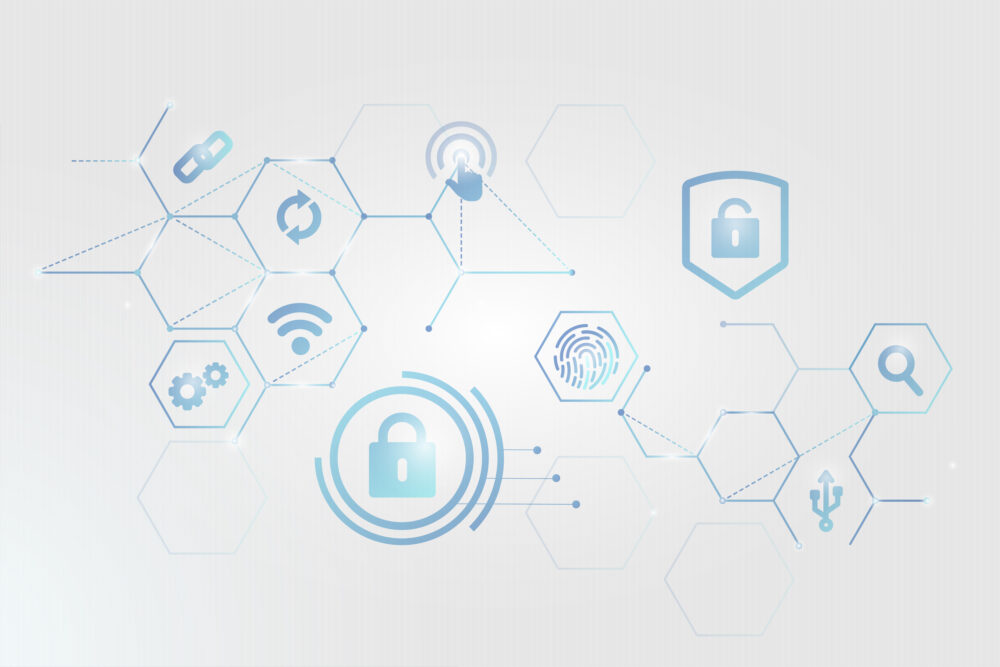enables secure digital communications and identity verification. This guide outlines how to build an effective plan for implementing either a private or public PKI solution while exploring trends like post-quantum cryptography (PQC), PKI automation, and industry-specific considerations.
Detailed Instructions
1. Assess Your Organization’s Needs
Before deciding between private and public PKI, start by analyzing your organization’s specific needs. Consider:
- Scale of operations: How many do you need to manage?
- Regulatory compliance: Do you have to meet industry-specific standards like HIPAA, GDPR, or PCI DSS?
- Level of control: How much autonomy do you need in the certificate management process?
For industries such as healthcare or finance, where compliance is critical, you may require a higher level of customization and control that private PKI offers. On the other hand, smaller businesses with simpler needs might lean towards a public PKI solution to minimize complexity and upfront costs.
2. Choose Between Private and Public PKI
Based on your assessment, you can now make an informed decision about which PKI model best suits your needs.
Private PKI
Private PKI offers complete control over the entire PKI process and can be customized to meet specific organizational needs. However, it comes with higher initial setup costs and requires in-house expertise for management and maintenance. Additionally, certificates issued by a private PKI may not be recognized by external parties without additional configuration.
Private PKI is best suited for large enterprises with specific security requirements, government agencies, or organizations dealing with highly sensitive data.
Public PKI
Public PKI, on the other hand, has lower initial costs and is managed by trusted third-party Certificates issued by public CAs are widely recognized and trusted by most systems and browsers. However, this option provides less control over the certificate issuance process and may incur ongoing costs for certificate renewals. It also may not meet specific customization needs.
Public PKI is often the better choice for small to medium-sized businesses, e-commerce sites, or organizations requiring widely trusted certificates.
3. Plan Your PKI Architecture
Now that you’ve chosen your PKI model, the next step is planning your architecture. Start by establishing a clear chain of trust and deciding on the types of certificates you’ll issue (e.g., , , ).
Consider implementing a two-tier or three-tier hierarchy:
- Root CA: This is your trust anchor and should be isolated for maximum security.
- Intermediate CAs: Used to sign end-entity certificates, they offer an extra layer of security and flexibility.
Also, define your certificate policies and practice statements to govern how your PKI will function. This documentation ensures uniformity in certificate issuance, renewal, and revocation, making audits and compliance checks smoother.
4. Deploy and Manage Your PKI
When deploying your PKI, start with a pilot program to test your setup. Gradually roll out to your entire organization, ensuring proper training for both administrators and end-users.
To manage your PKI effectively, implement a system to automate certificate issuance, renewal, and revocation processes. Automating these processes reduces the risk of expired certificates causing disruptions, ensures ongoing compliance, and minimizes administrative overhead.
5. Automate PKI and Integrate with DevOps
Automation is crucial to scaling PKI management effectively. By automating certificate processes, you can:
- Eliminate manual errors: Automating certificate issuance, renewal, and revocation ensures no certificates are forgotten or left to expire, preventing outages.
- Improve efficiency: Use certificate lifecycle management systems to streamline processes and reduce administrative overhead.
For organizations that operate with DevOps workflows, integrating PKI into CI/CD pipelines is vital. This ensures that certificates are dynamically and automatically deployed across various environments without causing disruptions. Automation in PKI management is becoming a necessity as businesses rely more heavily on fast, continuous deployments.
6. Incorporate Post-Quantum Cryptography (PQC)
Planning for future security is critical, especially with the imminent threat posed by quantum computing. Quantum computers, once fully realized, will be able to break traditional cryptographic algorithms, including those used in PKI today. To prepare:
- Evaluate hybrid cryptography solutions: These combine classical algorithms with quantum-resistant algorithms to offer transitional security.
- Monitor NIST developments: The National Institute of Standards and Technology (NIST) is leading the charge in quantum-safe cryptography. Keep an eye on these advancements to ensure your PKI can evolve as standards emerge.
Incorporating quantum-resistant cryptography now helps future-proof your PKI and positions your organization to remain secure as technology advances.
Read More: For an in-depth look at how to prepare your PKI for the quantum era, read .
7. Implement Security Measures
Strong security practices are non-negotiable for any PKI system. Focus on these essential components:
- : Use HSMs to protect private keys, ensuring that even if someone accesses your CA environment, your keys remain secure.
- Isolated Root CA: Keep your Root CA offline to protect against compromise. This ensures that the highest trust anchor in your hierarchy remains secure.
- Multi-factor Authentication (MFA): Implement MFA for any administrative access to your PKI to prevent unauthorized modifications.
Next, ensure you have a functioning
8. Monitor and Maintain Your PKI
Ongoing monitoring and maintenance are crucial for the health and security of your PKI. Regularly audit your PKI operations to ensure compliance with your policies and industry regulations. Keep all software and systems up to date with the latest security patches.
Conduct periodic security assessments and penetration testing to identify and address potential vulnerabilities. Review and update your certificate policies and practices as needed to adapt to changing security landscapes and organizational requirements.
Conclusion
Building an effective PKI plan, whether private or public, is an ongoing process. Consider emerging trends like post-quantum cryptography, PKI automation, and zero-trust architecture to ensure your PKI remains resilient in an ever-changing digital landscape. Regular monitoring, audits, and updates will help keep your PKI secure, trusted, and compliant with industry standards.
